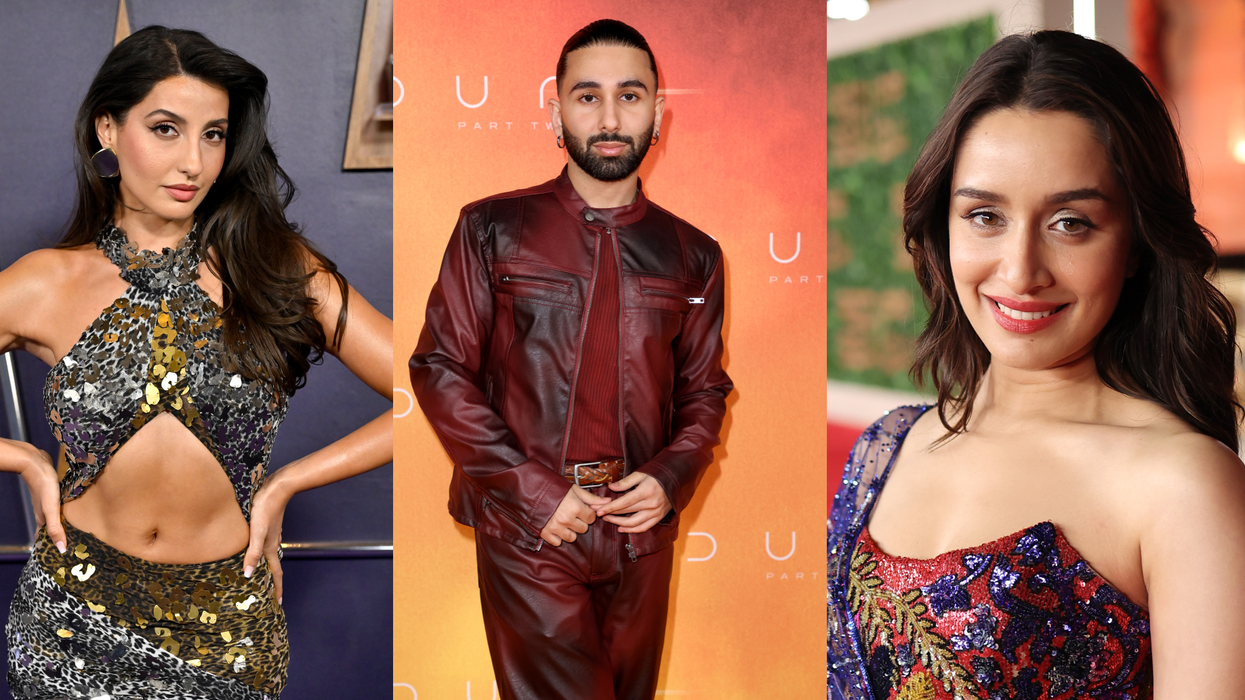Deepika Padukone seems to be gearing up for a major comeback, and the buzz isn’t just about her next role, but about how much she’s reportedly being paid. If the latest industry whispers are to be believed, Deepika is set to earn around £1.9 million (₹20 crore) for Spirit, her upcoming film with Prabhas. That’s more than what many top male stars, including her husband Ranveer Singh, are said to be charging these days.
Spirit, directed by Animal filmmaker Sandeep Reddy Vanga, has been delayed due to scheduling changes and a reported injury to Prabhas on a previous project. Originally meant to start in late 2024, the film is now expected to begin shooting in October 2025.
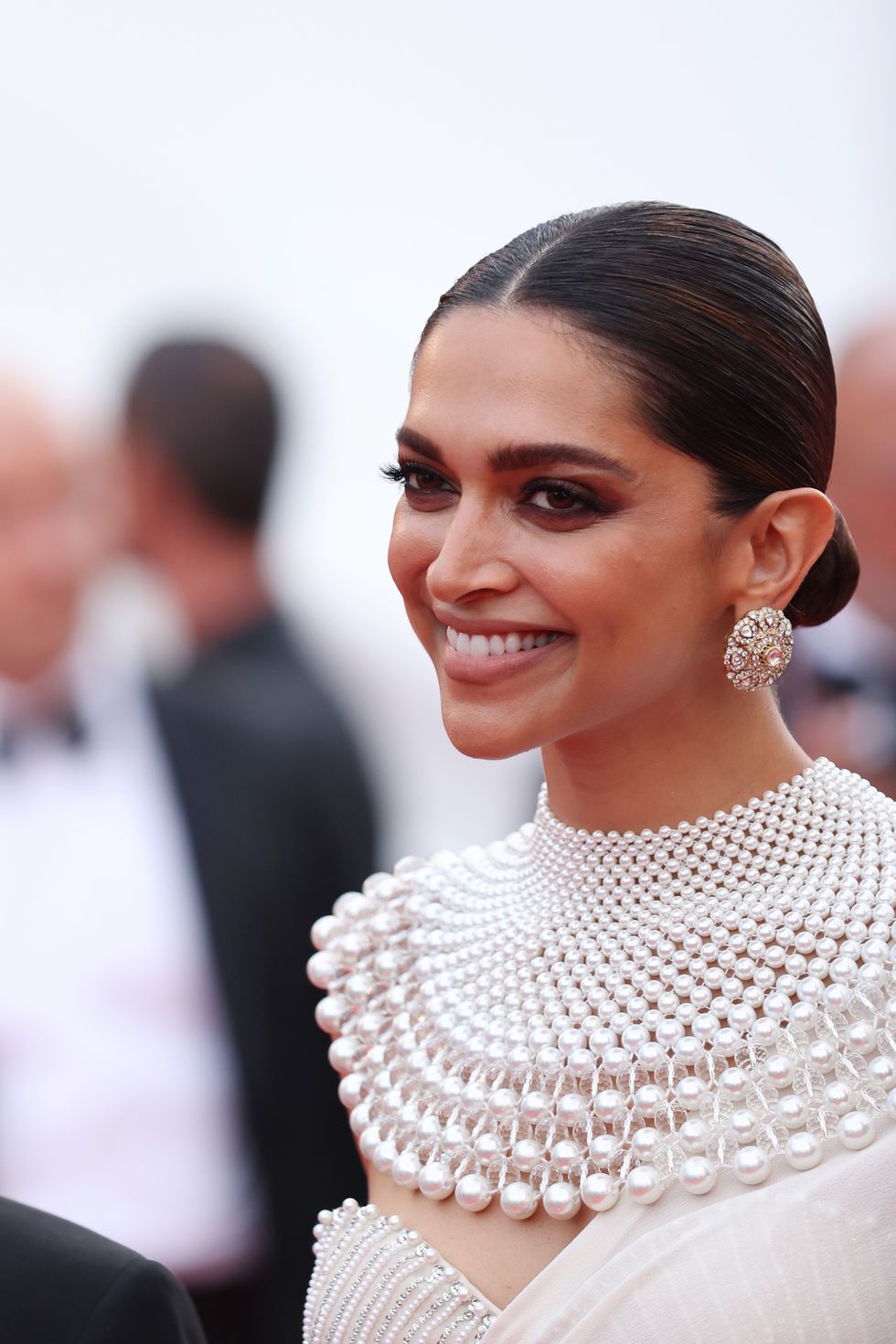
Initially, Deepika wasn’t part of the film’s plan. She had turned it down as the original shoot timeline clashed with her pregnancy. But after the delay, the director reportedly approached her again with a revised schedule and a powerful role. Sources close to the production claim that Deepika was impressed not only by the character but by how well-written her part was, especially given the director’s male-centric filmography. This will also be her first collaboration with Vanga.
This isn’t the first time Deepika has shared screen space with Prabhas. The duo previously starred together in Kalki 2898 AD, and Spirit will build on that fan-favourite pairing. The film is still in its final scripting phase but is expected to be a high-stakes action drama backed by T-Series and Bhadrakali Pictures, with a 2027 release on the cards.
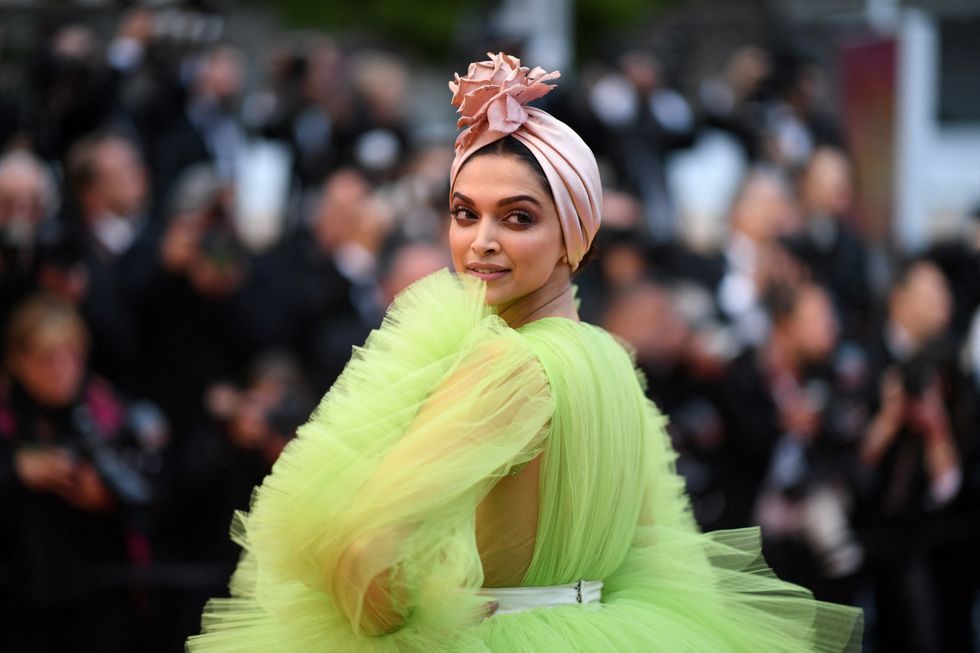
While no official announcement has been made yet by the actress or the production house, the £1.9 million (₹20 crore) figure has made waves online, not just because it’s Deepika’s highest fee to date, but because it hints at a growing shift in how leading women in Indian cinema are being valued.
In addition to Spirit, Deepika is also rumoured to appear in the sequel to Kalki 2898 AD, a possible cameo in Love & War, and a key role in Shah Rukh Khan’s much-awaited King. After a break from the spotlight following the birth of her daughter Dua, Deepika appears ready to reclaim her place and her price at the top!
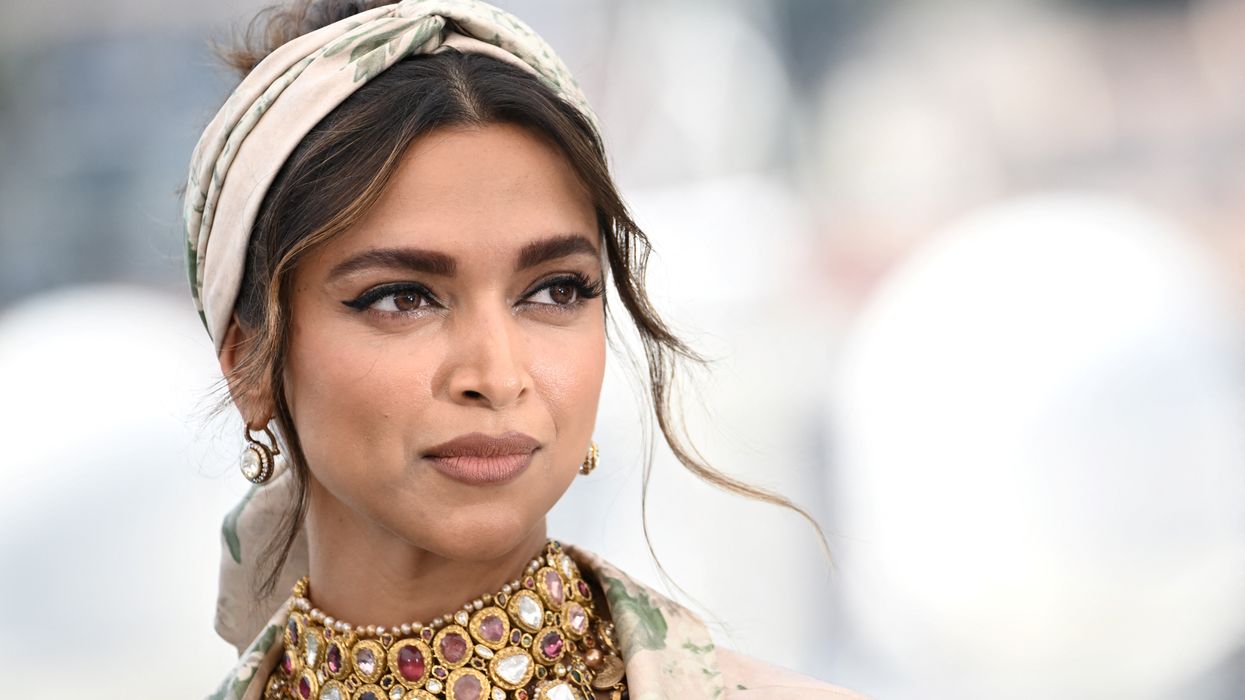

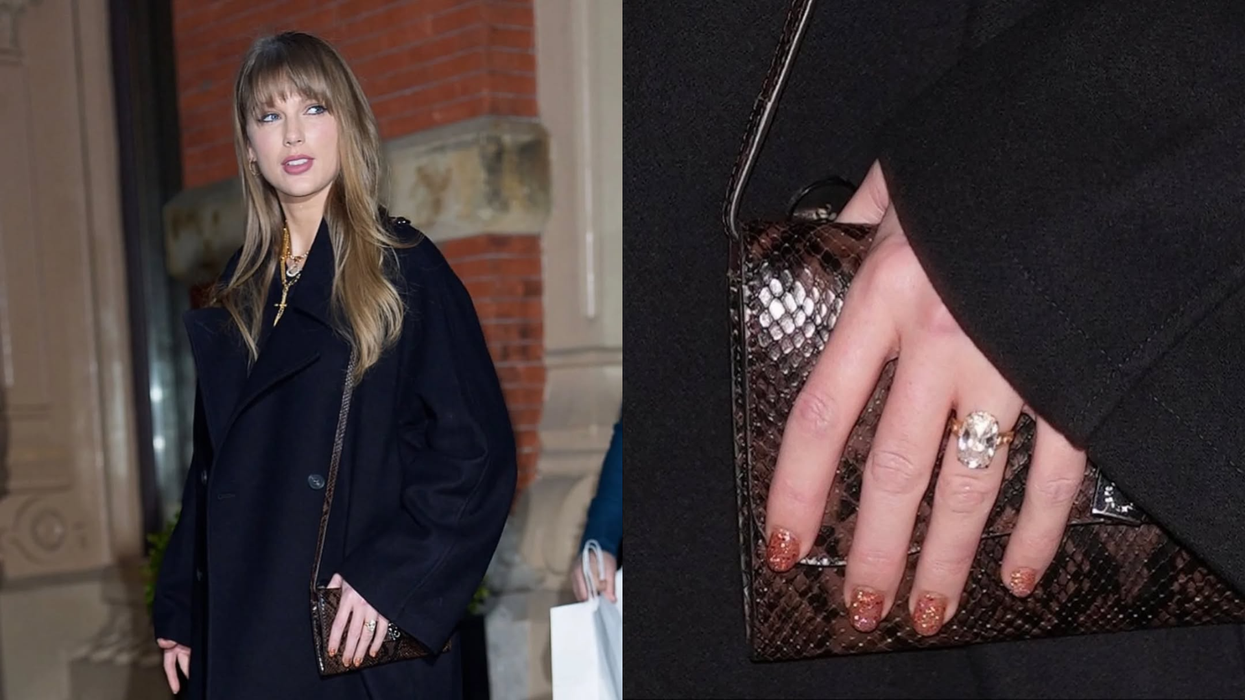
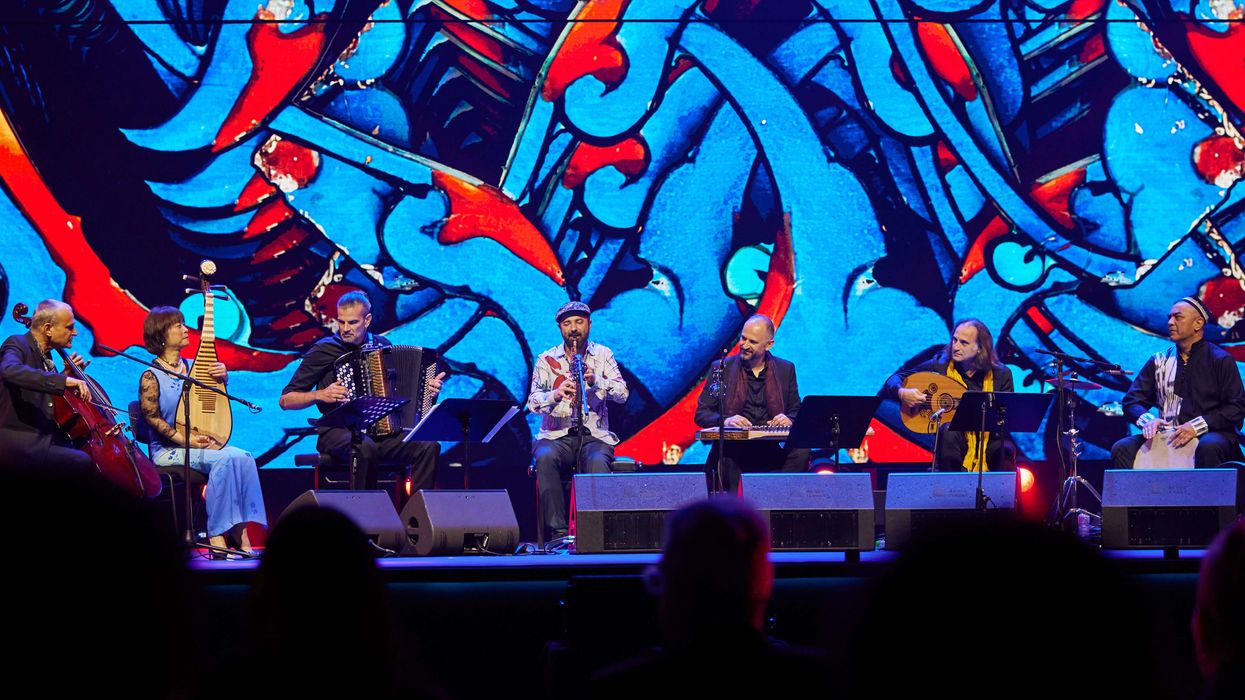
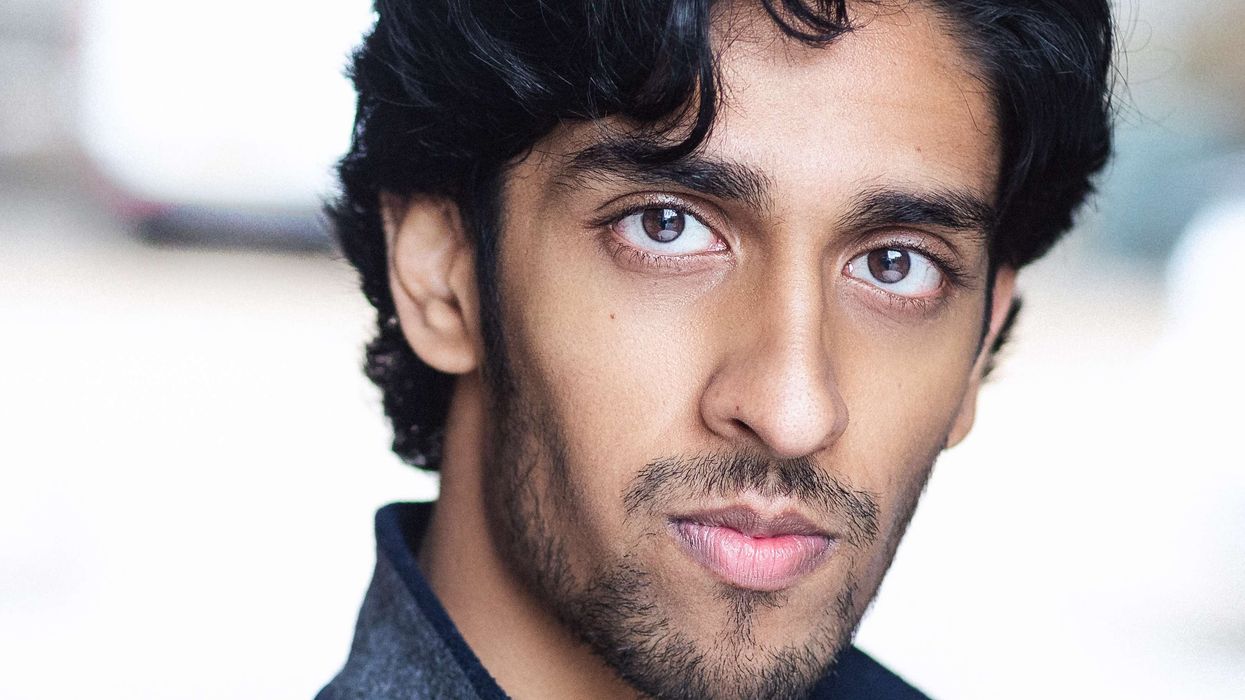
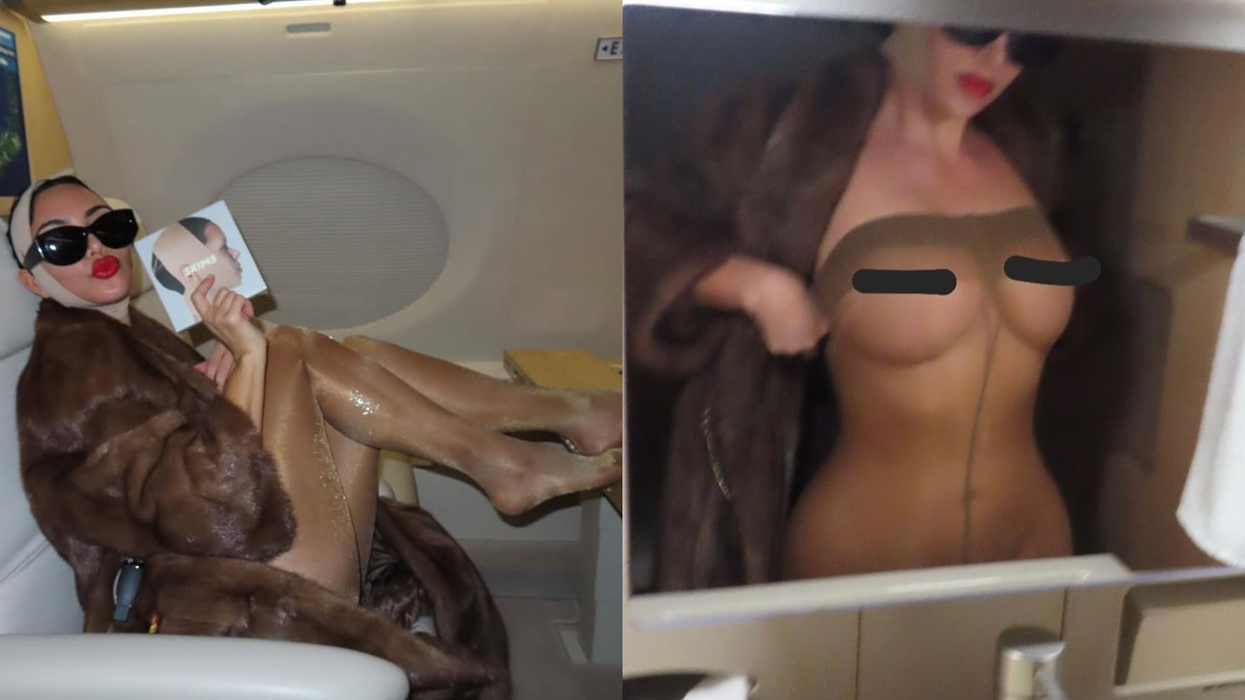
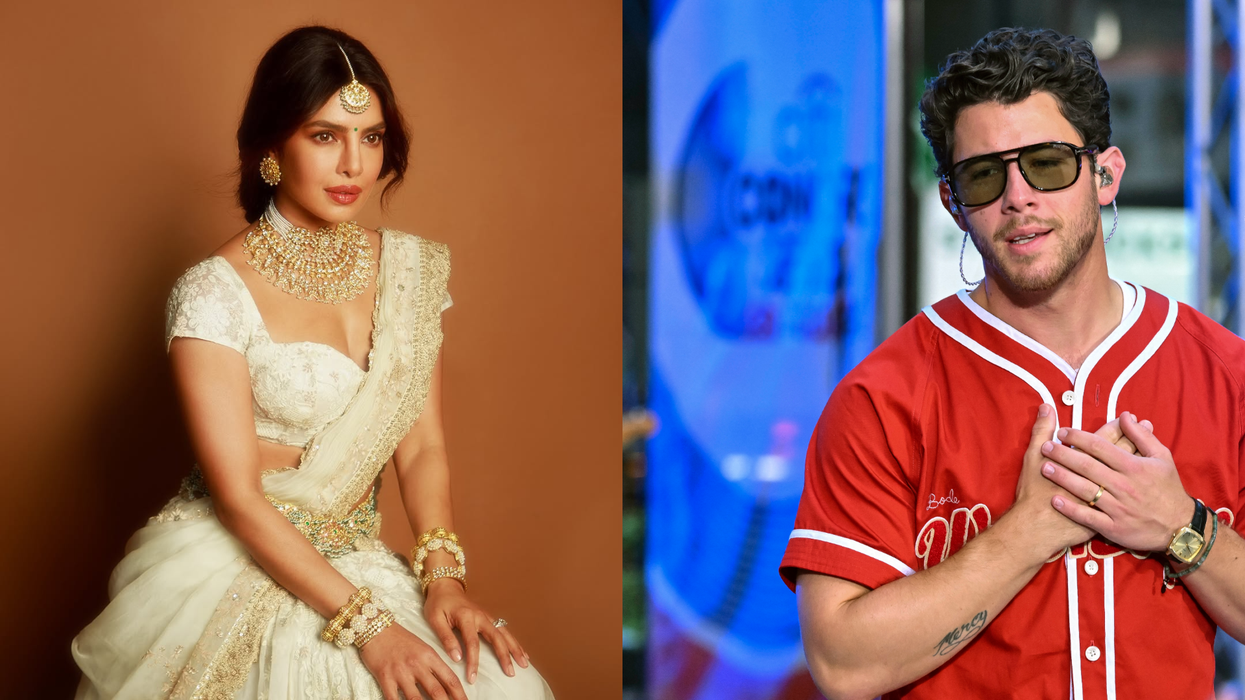
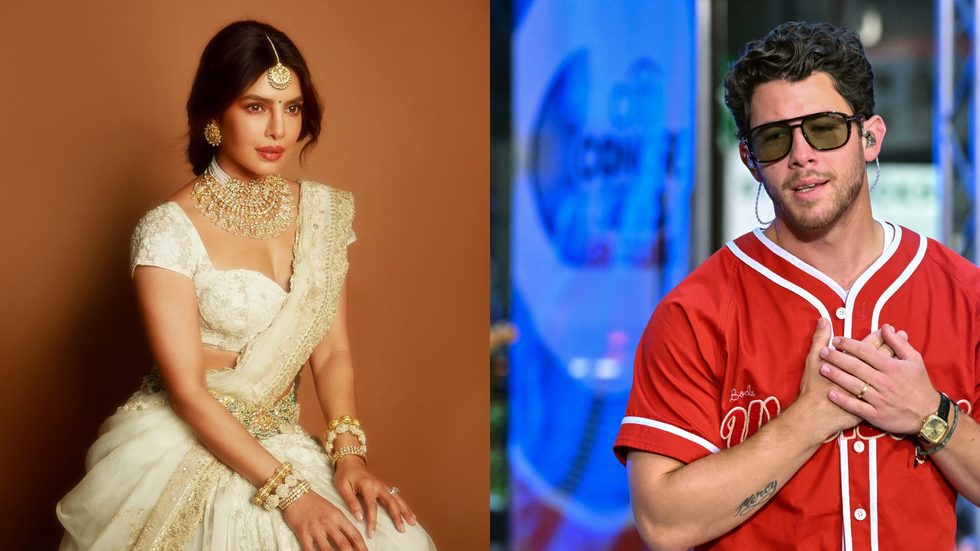 Nick Jonas reacts to Priyanka’s Varanasi appearance with a quick my desi girl message online Getty Images/ Instagram/priyankachopra
Nick Jonas reacts to Priyanka’s Varanasi appearance with a quick my desi girl message online Getty Images/ Instagram/priyankachopra 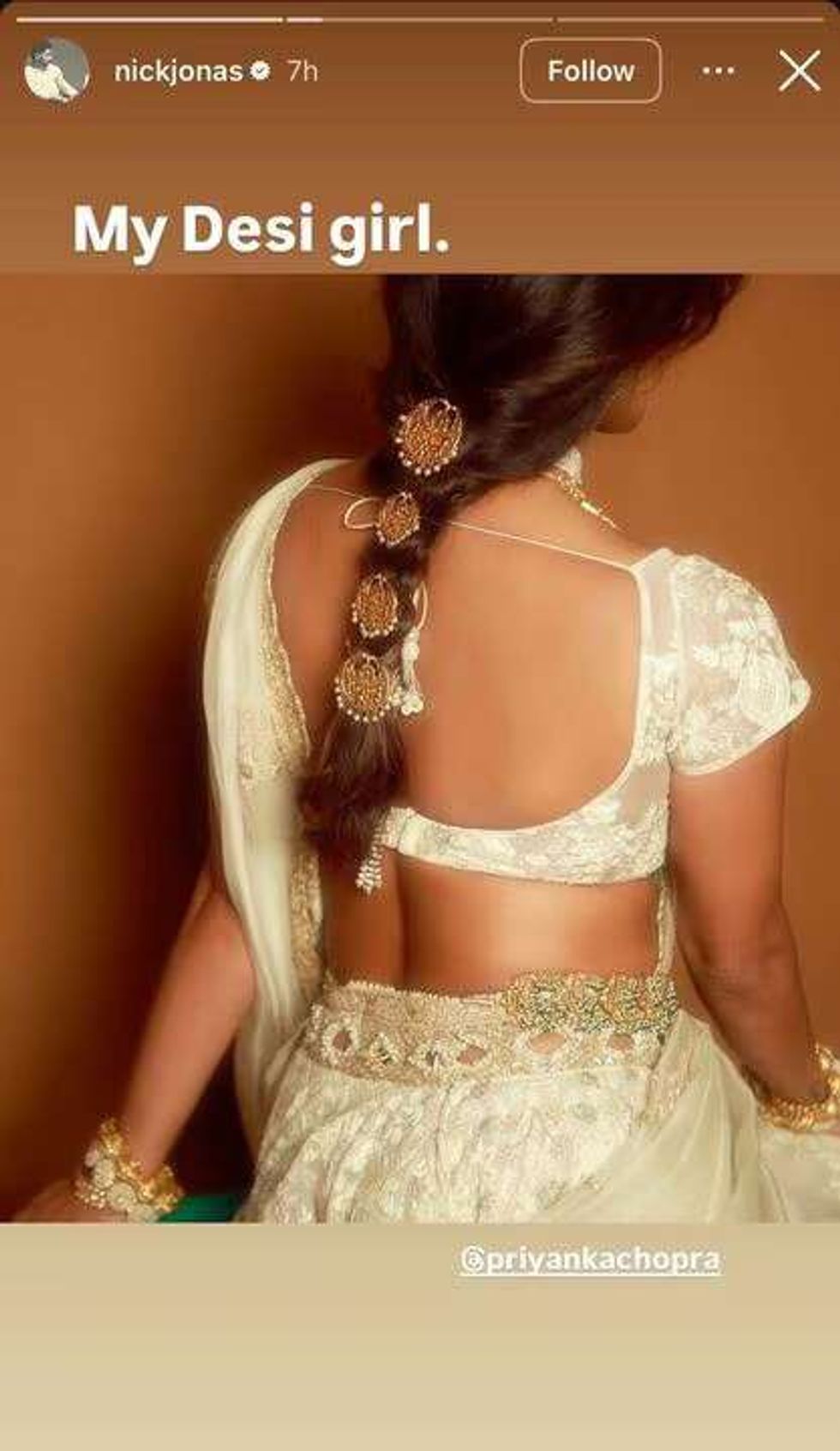 Nick Jonas' story Instagram Screengrab/
Nick Jonas' story Instagram Screengrab/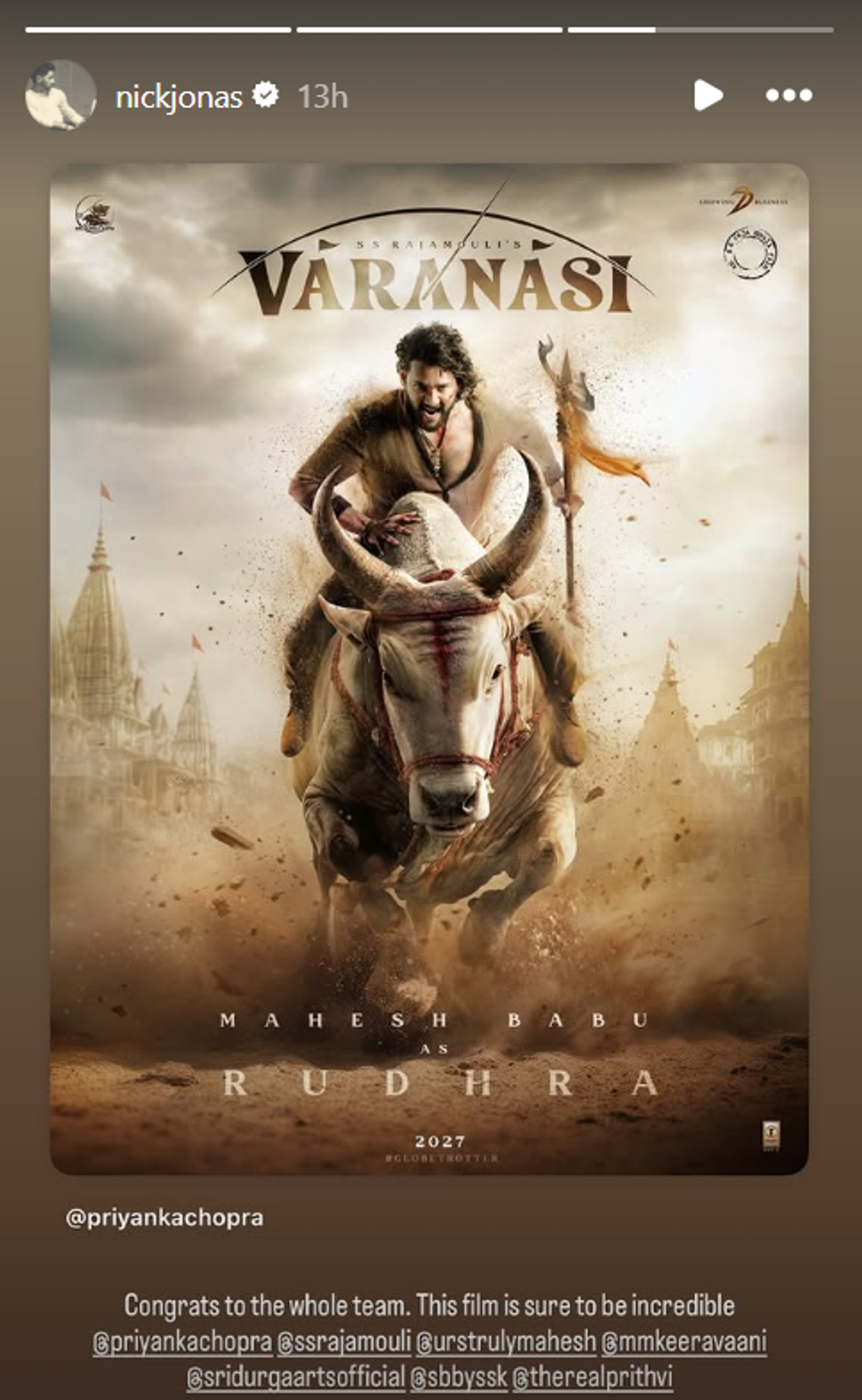 Nick Jonas' story Instagram Screengrab/
Nick Jonas' story Instagram Screengrab/

